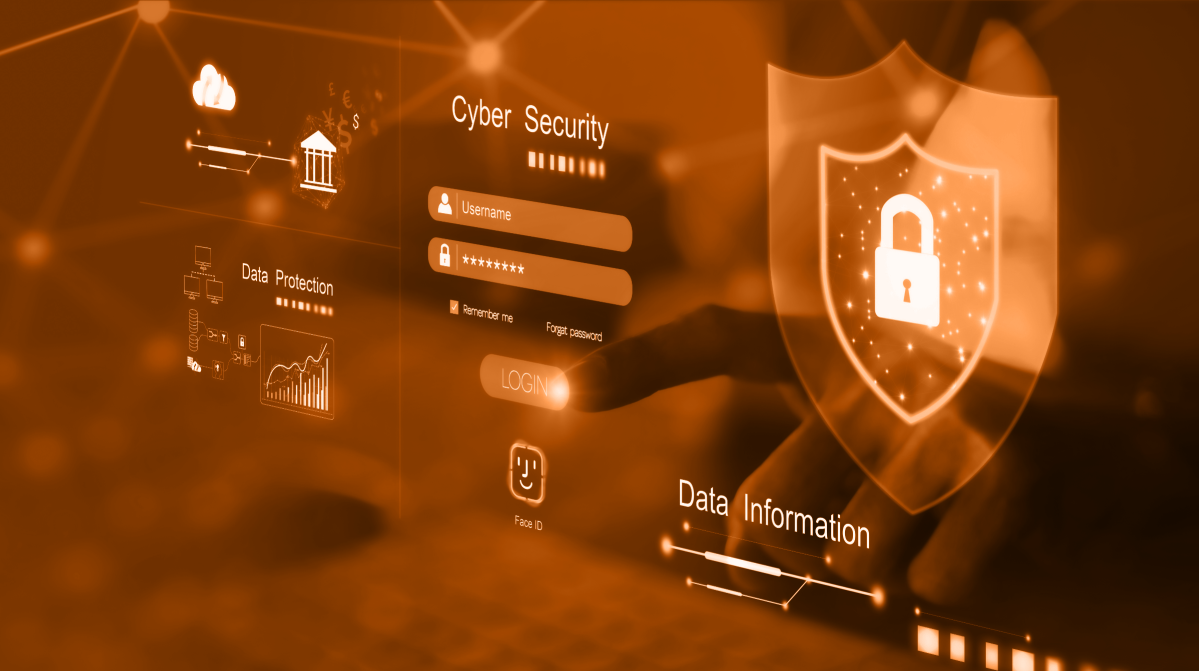
Consider the startling statistic: in 2019, 32% of breaches involved phishing, according to Verizon's Data Breach Investigations Report. Remember the infamous Target breach? That attack began with a simple phishing email.
Imagine your organization as a fortress. While technology can build high walls, it's the trained vigilance of the people—the guards—that truly makes the difference. This vigilant human element? That's your 'Human Firewall'. It underscores the idea that cybersecurity is not just about technology, but fundamentally about people.
Businesses, both big and small, are constantly in danger from cyber attackers. These threats aren't static; they adapt and grow. There's the ever-persistent danger of deceptive phishing emails that trick even the wary, the malicious codes of ransomware waiting to lock down a company's data, and advanced persistent threats that silently work in the background.
And who could forget the significant breach of Mailchimp last year, where millions of records were exposed? Incidents like these are stark reminders. They highlight the importance of not just being aware, but also of proactively enhancing and updating cybersecurity measures. Because in the digital arena, complacency isn’t just risky; it's downright dangerous.
At Magix, we constantly are reminded that cyber attackers don’t care about the size of your company or the damage they do. All they care about is can they get in and how much can they make.
In many cybersecurity discussions, employees are often pinpointed as the weakest point.. It's not uncommon to hear stories of accidental data leaks or well-intentioned staff falling for sophisticated scams.
However, this viewpoint doesn't capture the full potential of an organization's workforce. Given the right tools, education, and mindset, these same individuals can evolve from perceived vulnerabilities into an organization's best defense. Rather than operating in a constant mode of damage control, waiting with bated breath for the next breach, we should shift our perspective.
By investing in our people, by nurturing a culture of cyber awareness and preparedness, we can transition from a reactive stance to a proactive shield against threats. After all, an empowered employee is an enterprise's best asset in the cybersecurity realm.
If used correctly your employees could be seen as the first firewall that intruders are exposed to. The process of developing this firewall is ongoing. When developing this firewall we recommend organizations make use of three components or areas.
The nuances of cybersecurity challenges vary from department to department. A customer support representative, for instance, might grapple with dubious customer inquiries or targeted phishing emails, while someone in IT might contend with potential infrastructure vulnerabilities or software patches. Tailoring training sessions to address these unique challenges ensures that every team member is equipped with the specific tools and knowledge they need.
It's one thing to learn about cybersecurity threats from a textbook, and another to experience them in a controlled environment. Enter mock phishing attempts. Think of them as the cybersecurity equivalent of fire drills. Instead of just reading about the dangers of phishing, employees get a firsthand taste of what these deceptive emails might look like. By immersing staff in these real-life scenarios, we not only test their preparedness but also bolster their confidence in handling actual threats.
It's essential to move beyond merely training staff to genuinely celebrating their active roles in upholding security. When an employee flags a suspicious email or raises concerns about a potential vulnerability, their vigilance should be recognized and applauded. But why stop there? By designating cybersecurity champions or assembling dedicated teams, we create in-house advocates for safe practices. These individuals can inspire their colleagues, set best practice benchmarks, and ultimately, act as trendsetters in fostering a culture where security is everyone’s responsibility.
Every leader knows how important training is, however not all training is effective when it comes to employees retaining information. When looking at implementing Cyber Security training here are a few things you should keep in mind.
Gamify it! Make learning engaging with real scenarios. People often learn best when they can relate or when they're having fun.
The digital landscape shifts constantly. Ensure your training materials do too.
Feedback loops are vital. If an employee trips up in a simulation, let's find out why and adapt.
Mistakes happen. Instead of blame, let's focus on learning. Review, adapt, and move forward.
Terms like AI (Artificial Intelligence) and machine learning are often thrown around, sometimes with more flair than substance. However, when it comes to cybersecurity, they transcend beyond being mere jargon.
These technologies are tirelessly working in the background, analyzing vast datasets, predicting potential threats, and flagging anomalies. Their capabilities are impressive, no doubt, but their real power is unlocked when combined with the human touch. Human intuition, experience, and feedback act as a fine-tuning mechanism, ensuring that these tools remain relevant and precise.
In essence, while technology provides the backbone, it's the synergy between machine intelligence and human insight that truly fortifies the 'Human Firewall'.
As we wrap up our exploration into the dynamics of cybersecurity, one message stands out clear and strong: technology alone isn't the silver bullet solution. Instead, the combination of cybersecurity is complete when technology intertwines with the humans..
It's the everyday actions, the discerning eyes, and the educated instincts of your employees that make the real difference. By investing in comprehensive training and continuous learning for your staff, you're not just constructing a formidable human firewall. You're also cultivating an environment where every individual becomes a steward of digital safety, embodying a profound sense of awareness and responsibility.
At Magix we provide a number of training programs to better equip your teams and to better defend your organization.
Contact us to speak to an expert on how we can help better defend your organization.


